8 Awesome Resistance Band Shoulder Workouts
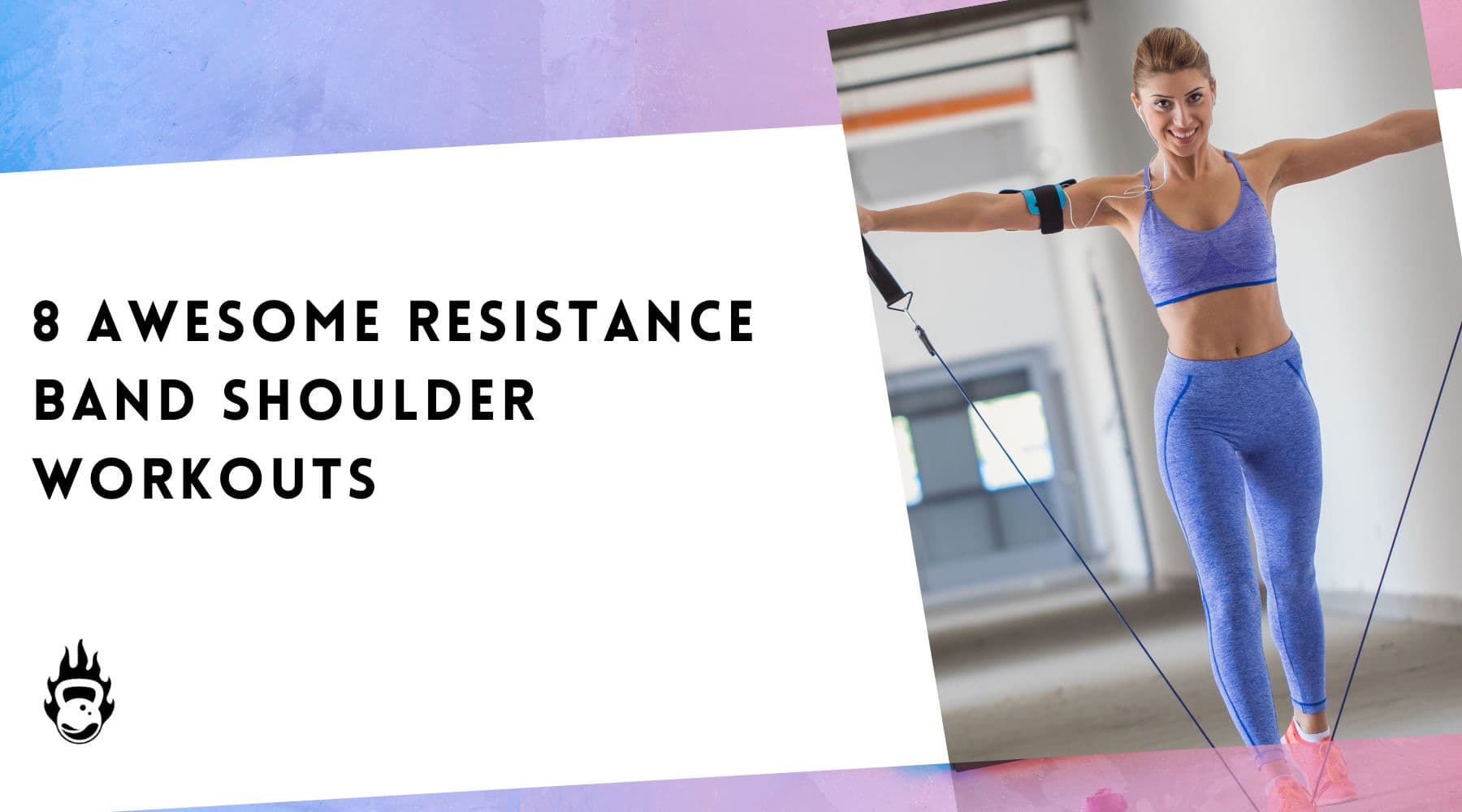
Picking up grocery bags. Carrying your toddler. Swinging a bat. Moving that couch.
What’s the one thing you need to perform all such daily activities? Strong shoulders, of course!
And guess what? It has been proved that resistance bands are one of the best tools to bulletproof your shoulders.
- In a study conducted on 20 male hockey players, it was seen that the players’ shoulder strength and core strength significantly improved thanks to resistance band training.
- As per a 2022 study, it was seen that resistance band training improved upper limb strength and performance measures for the shoulder.
- In a 2021 study, it was concluded that elastic band exercise was an effective physical therapy intervention for improving shoulder function in older adults.
In this blog, we’ll show you 8 awesome resistance bands shoulder workouts that’ll strengthen and tone those shoulders! We’ll also answer some commonly asked questions about resistance bands for shoulders.
Ready or not, here we go!
8 Awesome Resistance Band Exercises For Shoulders
1. Single Arm Shoulder Press with resistance band
This exercise helps in evening out muscular imbalances and asymmetries and increases your upper-body strength.
Muscles worked: Deltoids, trapezius, triceps, rotator cuff.
How to perform
- Loop a resistance band around either your right or left foot and step on it firmly.
- Hold the other end of the band with the same-side hand and your palm facing upward.
- Ensure your hand is in line with your shoulder.
- Now press the band up until your arm is fully extended overhead.
- Lower the band back slowly to chest level.
- Perform 10-15 reps and then switch sides.
2. Single-arm lateral raise with resistance band
This is one of the best exercises to work your medial deltoid which in turn is responsible for making your shoulders look wider.
Muscles worked: Medial deltoid.
How to perform
- Loop a resistance band around your left foot and step on it firmly.
- Place your feet wider than shoulder distance apart.
- Hold the other end of the band in your right hand with your palm facing downward.
- Now in a slow and controlled motion, raise the band until it is at shoulder height.
- Pause for a second and then lower it till it reaches your thigh level.
- Perform 10-15 reps on this side before switching sides.
You might be interested in: Different Types Of Resistance Bands & The Best One For You
3. Resistance Band front raises
Serving as an isolation exercise for shoulder flexion, this exercise can help define the front and sides of your shoulders.
Muscles worked: Anterior deltoid, lateral deltoid, serratus anterior, biceps.
How to perform
- Step into a resistance band such that it is under the arches of your feet.
- Hold the other end of the band with both your hands with your thumbs facing upward.
- Raise both your arms in front of you till they’re parallel to the floor and at 90 degrees to your body.
- Pause for a second and then lower your back slowly till it reaches your hip level.
- Perform 15-20 reps.
Tips:
- Grip the band with your thumbs facing sidewards if you want to engage your lateral deltoids more.
- Don’t rotate your hands inwards as this will put undue stress on your shoulder joints leading to injuries.
- Don’t lean back while doing this exercise as this puts unnecessary stress on your lower back. If you notice that you have to keep swinging your body to lift the band, you need to switch to a band of lower resistance.
4. Seated Band face pull
This exercise is great for strengthening your shoulders, increasing scapular stability, and enhancing upper back strength.
Muscles worked: Rear deltoids, rhomboids, middle trapezius.
How to perform
- Sit on a bench and wrap a resistance band around both your feet.
- Hold the other end of the band with both your hands with your palms facing downwards and your thumbs facing each other.
- Raise the band up until it is in front of you at hip level. This is the starting position.
- Now pull the band until it reaches your forehead level making a double biceps pose.
- Pause for a second before returning to the starting position.
- Perform 15-20 reps.
Tips:
- Ensure that you squeeze your shoulder blades together while pulling the band towards your forehead so that your rear deltoids are actively engaged.
- Don’t use a heavy resistance band as this could activate the larger muscles instead of your rear deltoids and hence defeats the purpose.
You might also like: 11 Amazing Benefits Of Resistance Bands Workouts
5. Banded reverse fly
This exercise helps to strengthen upper back muscles, and improve bad posture and balance.
Muscles worked: Rhomboids, rear deltoids.
How to perform
- With your feet shoulder-width apart, stand on a resistance tube.
- Exchange the handles in your hands so that the tube crisscrosses over your feet in front of your shins.
- Bend your knees slightly and lean forward from your hips, getting your back as close as parallel to the ground as you can, while still keeping a flat back.
- Bend your elbows slightly and pull your hands up and out to your sides until they reach chest height or higher.
- Slowly lower your hands back down under your shoulders.
- Perform 15-20 reps.
6. Banded behind the neck press
This exercise increases upper body strength, stability, and mobility.
Muscles worked: Front, outer, and rear deltoids, trapezius, triceps brachii, serratus anterior.
How to perform
- Step into a resistance band with your feet at hip-distance apart.
- Grab the other end of the band with both your hands and pull it over your head and position it behind your neck on your traps. This is the starting position.
- Your palms should be facing upward.
- Now raise the band until your arms are fully extended.
- Pause for a second and then return to the starting position.
- Perform 10-15 reps.
Tip
Exercise caution while doing this exercise as it can be a bit stressful for your neck and shoulders.
7. Banded shrugs
This is one of the best isolation exercises for your trapezius.
Muscles worked: Trapezius and rhomboids
How to perform
- Take a resistance band and stand with your feet together in the center of the band.
- Hold either end of the band with both hands evenly spaced.
- Now pull the band up until there is enough resistance in the band (until about mid-thigh level).
- Start shrugging your shoulders as high as possible.
- Pause for a few seconds at the top (this is crucial) and feel the contraction in your trapezius muscles before lowering your arms back down.
- Perform 8-10 reps.
Tips
- Don’t roll your shoulders at the end of the movement as you will lose a lot of peak contraction and engage other muscles instead of your trapezius.
- Ensure that your arms are hanging down at all times and your upper body doesn’t move forward or backward.
- If you want to engage your lower traps, you can lean forward slightly instead of standing up straight.
8. Straight arm frontal raise
This exercise helps to strengthen your anterior deltoids and tendons and build your straight arm strength for other advanced exercises.
Muscles worked: Anterior deltoids
How to perform
- Loop a resistance band around an anchor point.
- Use your hand to hold the other end of the band with a false grip to actively engage your anterior deltoid.
- You should be standing by the side of the band. This is the starting position.
- Fold your other hand behind you.
- Now raise the band in front of you until your arm is fully extended.
- Pause for a second and then return to the original position.
- Perform 8-10 reps and then switch sides.
Tips
As a beginner, you don’t have to lock out your arms fully straight, but try to keep them as straight as possible.
Frequently Asked Questions
1. Can you build shoulders with resistance bands?
Yes, of course!
Resistance bands help you target all the shoulder muscles including your anterior, posterior, and lateral deltoids, trapezius, rotator cuff muscles, and the serratus anterior. They are flexible, portable and one of the safest options to build your shoulders.
The great thing about bands is that you can use them to isolate the individual heads of the deltoids, or the whole shoulder.
2. How do you strengthen your shoulders with resistance bands?
Resistance bands help enhance your shoulder function and boost muscle growth thus increasing the size, strength, and mobility of your shoulders. You can strengthen your shoulders by practicing any of the exercises mentioned in this article.
3. Can resistance bands help the rotator cuff?
Yes, resistance bands are excellent for strengthening the rotator cuff muscles (muscles surrounding the shoulder joint that keep your upper arm bone firmly in your shoulder socket).
In a study of collegiate baseball pitchers, it was seen that resistance band training was effective in the functional eccentric strengthening of the posterior rotator cuff in the pitching shoulder.
Exercises such as external rotations, internal rotations, banded wall crawls, standing rows, etc. are particularly effective for your rotator cuff muscles.
Watch this video for more rotator cuff exercises using resistance bands:
4. Can you get ripped using just resistance bands?
Yes, you can.
Resistance bands are one of the best tools to build muscle. Exercising using resistance bands triggers protein synthesis which leads to hypertrophy.
By adding an isometric hold at the top of the range of motion of various exercises, you can increase the time under tension (thanks to their linear variable resistance) and thus build bigger muscles.
For more details on how you can build muscle using resistance bands, check out our post here.
5. How to prevent shoulder pain by using resistance bands?
Shoulder pain can be caused by several factors including poor posture, overuse injuries, rotator cuff tendonitis, age, etc. But the good news is that you can prevent this from happening by strengthening your shoulders using resistance bands.
One of the main reasons that bands are fantastic for both rehab and prehab (injury prevention) of shoulder and rotator cuff injuries is that they are low-impact. By using the appropriate band, you can apply just the amount of resistance that you require without putting any stress on your joints.
Another reason that makes bands so effective is that resistance can be applied from any angle. This means you can effectively target specific muscles and joints through various degrees of rotation.
Exercises including front raises, single-arm side raises, band pull-aparts, external and internal rotations, band pass-throughs, and lateral stretches are great for preventing shoulder pain. You can practice these exercises as part of your regular shoulder workout routine or you can integrate them into your warm-up routine.
Here’s how you do a band pass-through:
And here’s the lateral stretch exercise:
Final words
As you can see, resistance bands are a must-have piece of equipment if you care about having strong shoulders and preventing shoulder injuries.
So do your shoulders a favor and pick out the best resistance bands from Burnlab ASAP!
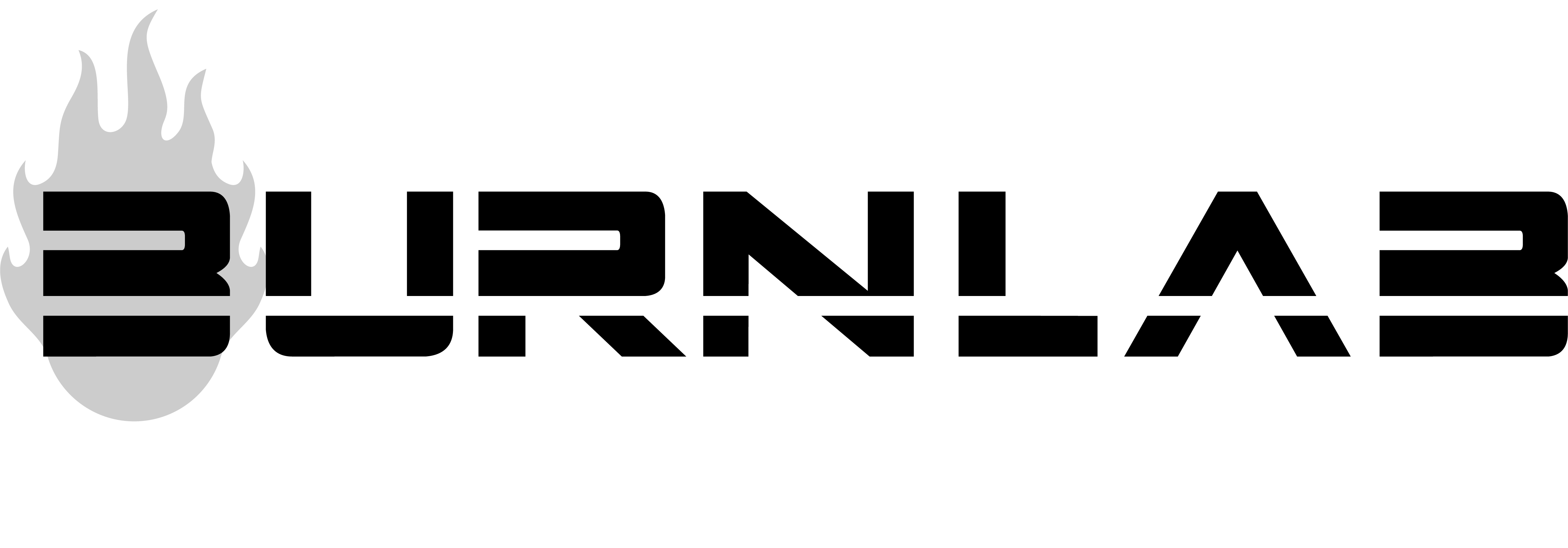

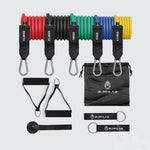
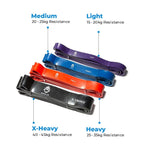
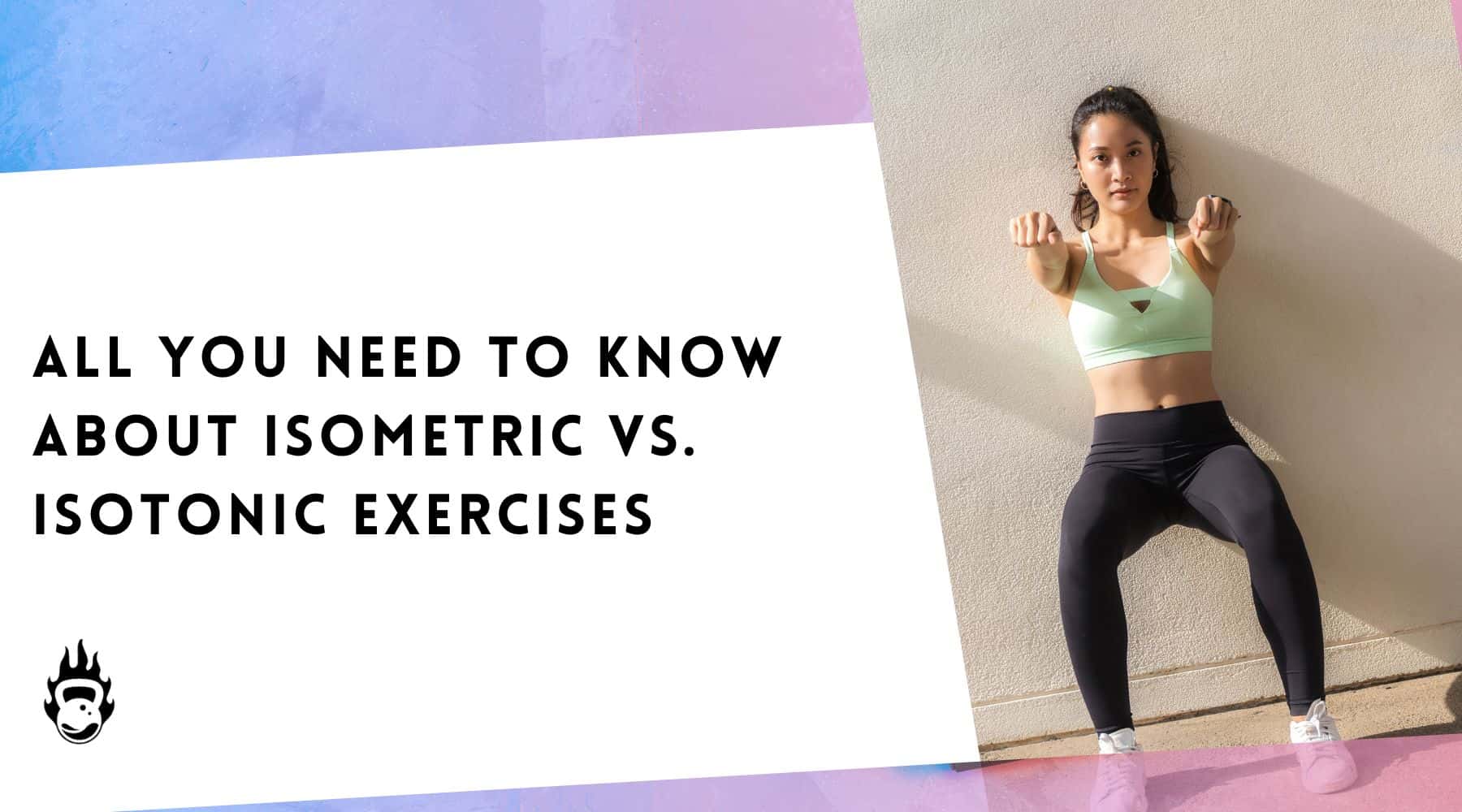
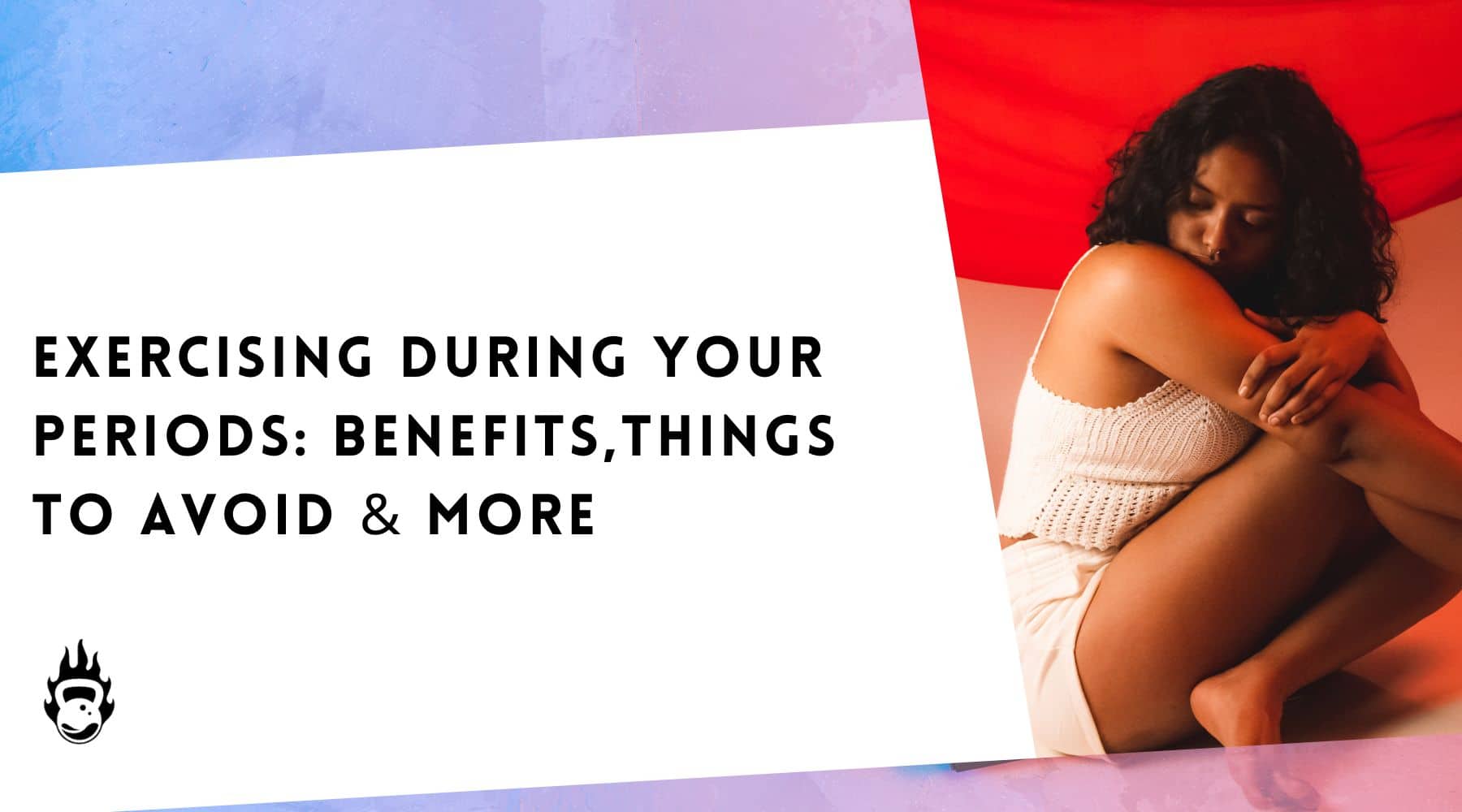

Leave a comment